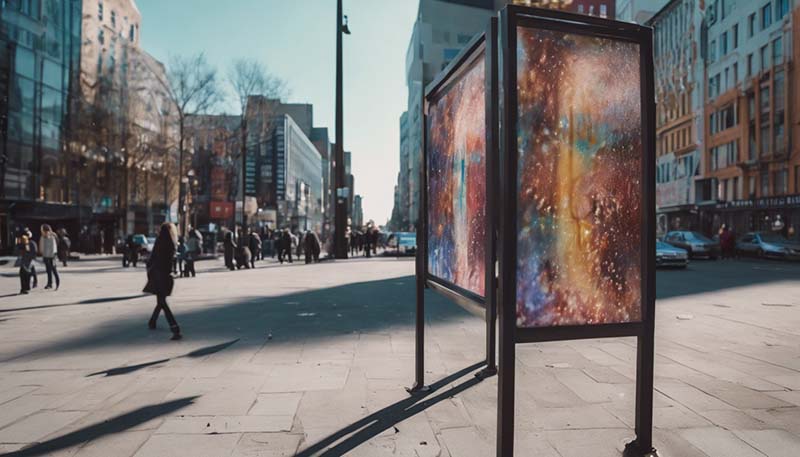The Role of Public Art in Urban Spaces
The Role of Public Art in Urban Spaces
Public art plays a significant role in shaping the character and identity of urban spaces. It can transform a city's landscape, enrich the lives of its inhabitants, and foster a sense of community. This article explores the various ways public art contributes to the vitality and cultural fabric of urban environments.
Introduction
Urban spaces are the heart of a city, where people come together to live, work, and play. The presence of public art in these spaces can have a profound impact on the overall experience of the city.
Enhancing the Urban Landscape
Public art can beautify the cityscape, making it more visually appealing and engaging. It can turn ordinary spaces into extraordinary ones, encouraging people to explore and interact with their surroundings.
Case Study: High Line, New York City
The High Line in New York City is a prime example of how public art can transform an urban space. Once an abandoned railway line, it has been repurposed into a public park featuring a variety of art installations and sculptures.
Advertisement
Promoting Cultural Identity
Public art can reflect the history, culture, and values of a community, creating a sense of belonging and pride among its residents.
Case Study: Angel of the North, Gateshead
The Angel of the North in Gateshead, UK, is a symbol of the region's industrial heritage and a source of pride for its people.
Encouraging Social Interaction
Public art can serve as a catalyst for social interaction, bringing people together and fostering a sense of community.
Case Study: The Bean, Chicago
Cloud Gate, commonly known as "The Bean," in Chicago's Millennium Park is a popular gathering spot where people come to view their reflections and interact with the sculpture and each other.
Economic Benefits
Public art can also have economic benefits, attracting tourists and revitalizing local businesses.
Case Study: The Guggenheim Museum, Bilbao
The Guggenheim Museum in Bilbao, Spain, designed by Frank Gehry, has had a significant impact on the city's economy, drawing millions of visitors and revitalizing the surrounding area.
Challenges and Considerations
While public art can have many positive effects, it also presents challenges, such as funding, maintenance, and community engagement.
Funding Public Art
Securing funding for public art projects can be difficult. It often requires collaboration between government agencies, private sponsors, and community organizations.
Maintaining Public Art
Once installed, public art requires ongoing maintenance to ensure its longevity. This can be a significant financial burden for cities and communities.
Community Involvement
Involving the community in the planning and creation of public art can help ensure that the artwork resonates with local residents and reflects their needs and values.
Conclusion
In conclusion, public art is a powerful tool for enhancing urban spaces, promoting cultural identity, and fostering social interaction. While it presents challenges, the benefits of public art make it a worthwhile investment for cities looking to create vibrant, engaging, and culturally rich environments.

Comments